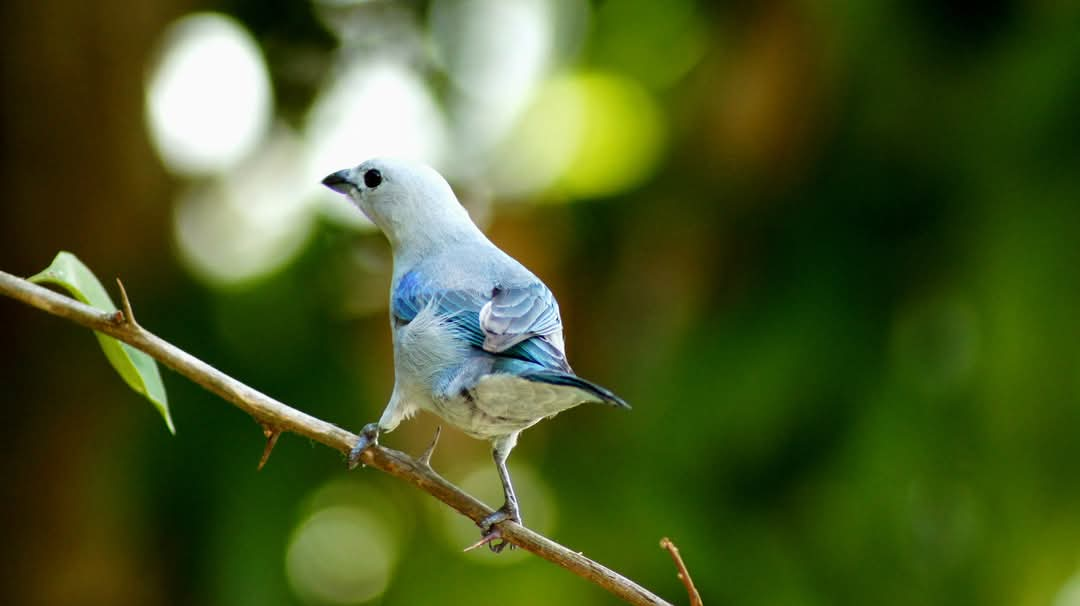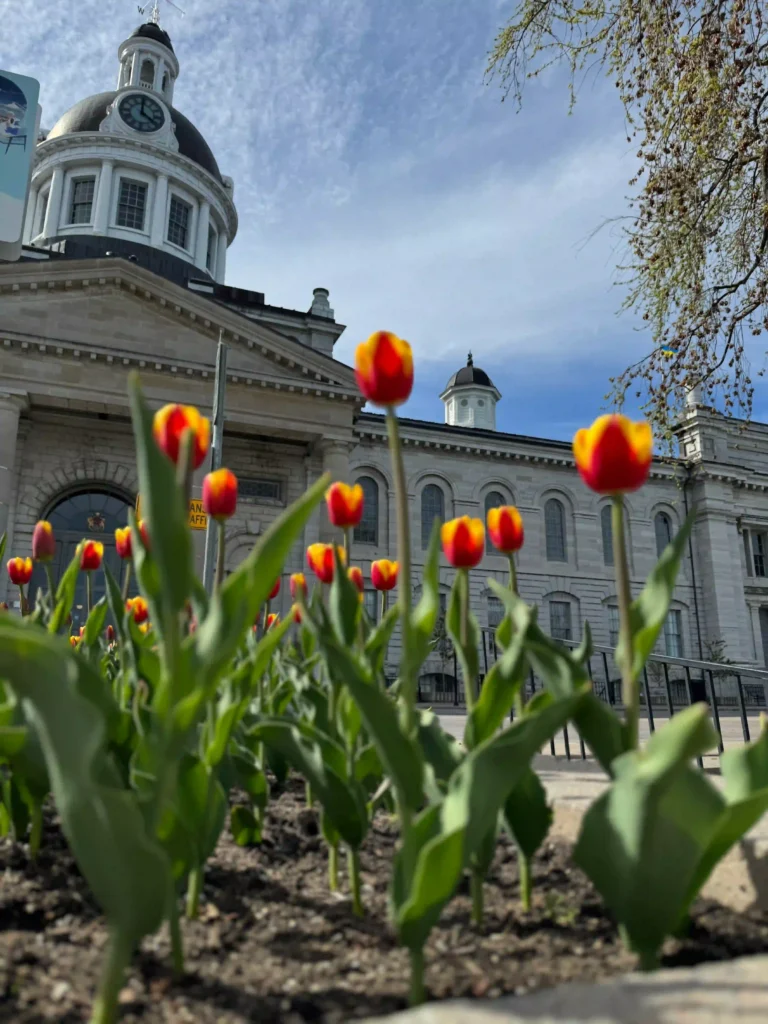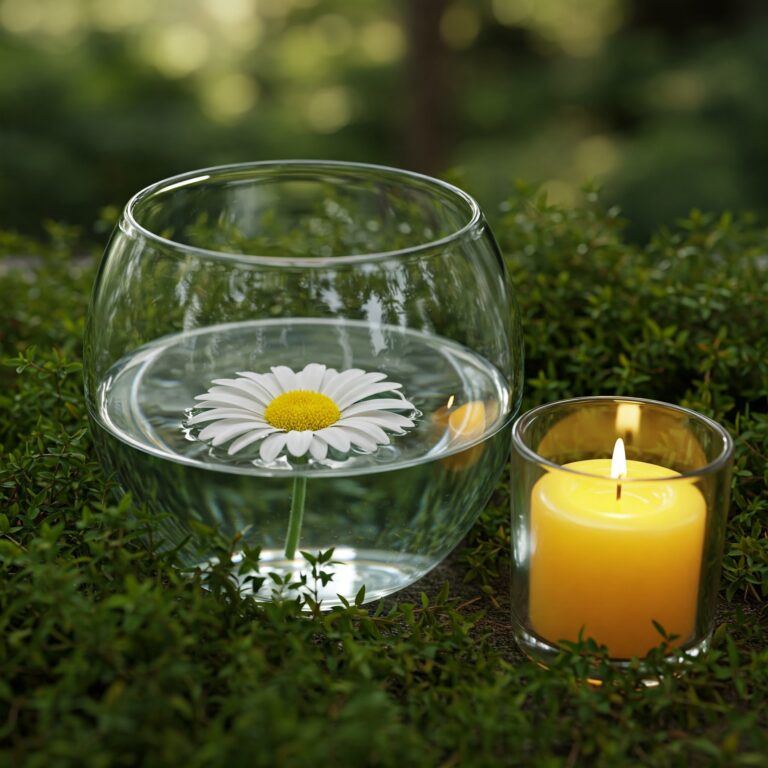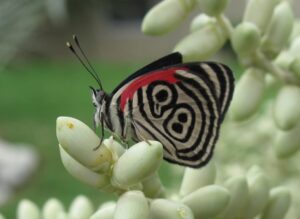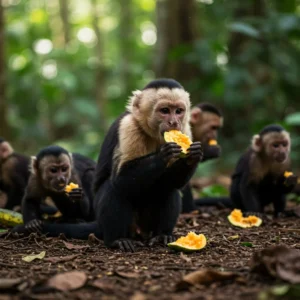Today, we’re wrapping up our journey through the world of pollinators, and to close things out, we’d love to dive a bit deeper into birds. As we mentioned way back in our first article, “Pollination: The Pollen’s Journey and Its Unsung Heroes” these feathered friends often fly under the radar as unsung heroes. For most people, the word “pollinator” instantly brings bees to mind, but birds deserve some spotlight too!
Much like butterflies, these beautiful creatures have adapted their bodies, specifically their beaks, which can be long or curved, to perfectly match the flowers they pollinate. This clever design lets them sip nectar efficiently while shuttling pollen from one bloom to the next. Compared to other pollinators, birds have a real edge in efficiency. They can carry heaps of pollen on their beaks and heads, giving them direct contact with a flower’s reproductive parts and boosting the odds of successful pollen transfer. And here’s the cherry on top: their ability to zip across long distances and visit tons of flowers in a single day makes them champs at cross-pollination between far-flung plants.
Now, the birds that are real pros at this gig are the nectar-feeders, think hummingbirds, honeyeaters, and lorikeets, as we’ve mentioned before. But on a supporting level, fruit-eating birds also chip in indirectly. These guys help shape forests by acting as natural seed dispersers. As they munch on fruit, many species carry seeds in their bellies to new spots, later dropping them off (via poop, naturally!) to kickstart ecosystem regrowth.
This whole process is a big deal for keeping biodiversity thriving and ensuring forests stick around for the long haul. Without these two types of birds, a lot of plants would struggle to reproduce and spread, throwing the whole ecosystem out of whack. So here’s to the birds, fluttering, feasting, and quietly holding the world together!
References:
Garcia, D., Zamora, R., & Amico, G. C. (2010). Birds as Suppliers of Seed Dispersal in Temperate Ecosystems: Conservation Guidelines from Real‐World Landscapes. Conservation Biology, 24(4), 1070-1079. https://doi.org/10.1111/j.1523-1739.2009.01440

